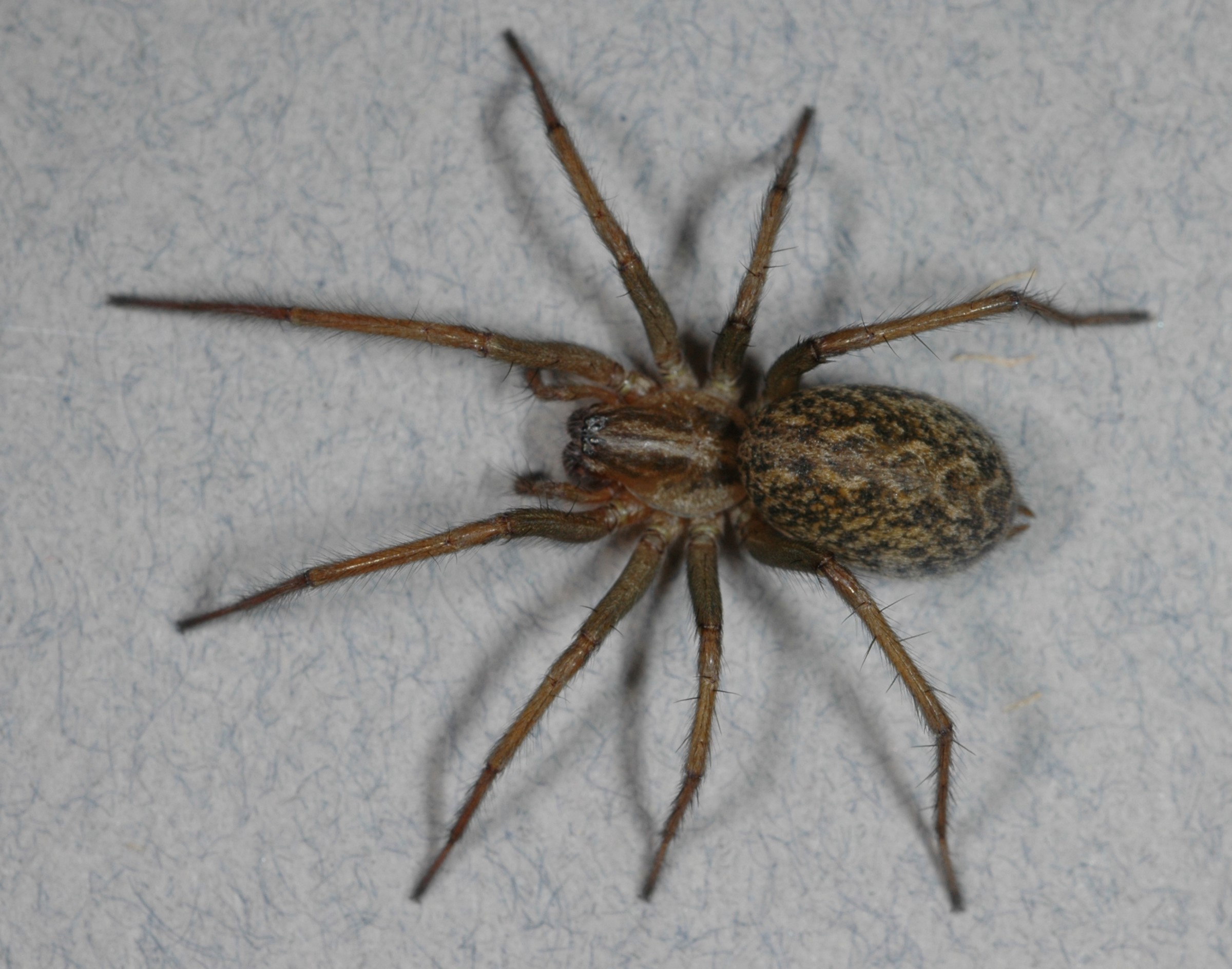Wrongly Accused? 3 Spiders May Not Liquify Human Tissue After All

The bites of some spiders can sometimes cause necrosis, the death of human tissue. However, a few spider species may have been incriminated in necrosis cases without sufficient evidence, experts say.
A new study, published this month in the journal Toxicon, suggests that the venom of the Australian white-tailed spider — which has a reputation on the Internet of being powerful enough to kill human tissue — may not be so toxic after all.
In fact, there were no signs of necrosis in a man recently bitten by a white-tailed spider, despite the man's fears that he would need drastic treatments, said Dr. Scott Weinstein, a toxinologist at Women's and Children's Hospital in North Adelaide, Australia, who treated the man and wrote the study.
Websites that may not be based on credible research claim that white-tailed spider bites are dangerous, for instance, the website DoctorDecides.com says the bites "may cause deep ulcers and skin necrosis."
Similarly, hobo spiders and wolf spiders that live in the United States may also have been wrongly assumed to cause necrosis, recent studies show.
In general, the strongest evidence of the effects of spider bites comes from studies in which researchers looked only at cases of "verified spider bites," meaning patients actually caught the spiders that bit them and brought them to the researchers, who examined the bites and the spiders. [Spider-Man: 5 Weird Effects of Real Spider Bites]
Growing evidence from such studies suggests these a few spiders stand wrongly accused of being able to cause necrosis, experts say.
Sign up for the Live Science daily newsletter now
Get the world’s most fascinating discoveries delivered straight to your inbox.
The white-tailed spider
The white-tailed spider is a medium-size spider that owes its name to the off-white tip at the end of its abdomen, and is commonly found in homes in urban areas in Australia.
Although previous studies have shown no verified evidence of necrosis resulting from the bites of the white-tailed spider, many people are misled by information online not based on credible sources or research that says white-tailed spider bites can, indeed, kill human tissue.
The 42-year-old male patient whose case is described in the new Toxicon study turned out to be one of those people. "He told me he was scared to death, because on the Internet, there are statements still persisting that these [bites] cause necrotic arachnidism, and there is a good chance you'll need a skin graft" after a bite, Weinstein said.
A few days after being bitten by a white-tailed spider, the man developed a rash, which disappeared after a couple of weeks. And, after following the patient for more than a month, the researchers found no sign of necrosis.
The study added further evidence to the 135 previously documented, verified cases of white-tailed spider bites in which no necrosis was found, the researchers said.
Interestingly, one of the new study's authors had dealt with a case in which a person who claimed to have been bitten by a white-tailed spider eventually admitted the bite was faked, and the necrosis that occurred was self-inflicted, with a chemical called sodium hydroxide. That person acted "with the aim of gaining publicity and being paid for their story by commercial media organizations," the researchers wrote in the study.
The hobo spider
Hobo spiders, which can be found in the U.S. Pacific Northwest, are either brown or gray, and are moderately large, measuring about 0.25 to 0.5 inches (7 to 14 millimeters) in body length, with a 1- to 2-inch (27 to 45 mm) leg span.
The hobo spider is listed by the Centers for Disease Control and Prevention as one of the three venomous spiders in the United States, along with black widow and brown recluse spiders. According to a 1996 report published by the CDC, in some cases, hobo-spider bites have caused necrosis.
However, other experts point out that those cases did not involve bites that were verified, and they refuse to accept them as evidence. Moreover, in Europe, hobo spiders are considered harmless, and previous research comparing the venom of American and European members of the species did not find significant differences between the two.
Recently, in a study published in April in the journal Toxicon, researchers examined a verified hobo-spider bite, and found no evidence of necrosis. The victim of the hobo-spider bite suffered only temporary pain, redness and muscle twitching.
The wolf spider
Wolf spiders are usually brown, gray, black or tan, with dark, stripelike markings and eyes arranged in three rows. Their size ranges from a quarter of an inch to over an inch (6.4 millimeters to 3 centimeters) long. There are more than 2,300 species of wolf spiders, and 200 of those species can be found in North America (including the United States).
The wolf spider has also been incriminated in necrosis cases, but experts have remained skeptical. In the 1920s, a number of necrotic bites were attributed to wolf spiders in South America, and researchers even developed anti-venom for those bites, said Rick Vetter, an arachnologist, now retired from University of California, Riverside. However, later research showed that those bites were likely inflicted by brown recluse spiders, he said.
Brown recluse spiders are one of the very few spider species whose bites can actually cause necrosis, although this happens only in extremely rare cases, Vetter said.
A 2012 study published in the journal Wilderness and Environmental Medicine that examined a verified wolf-spider bite in a 20-year-old New York state resident, also found no evidence of skin necrosis. The patient had redness, swelling and skin ulceration, but these symptoms went away in a few days following treatment.
Why you should care
It is important to know whether the bites of these spiders can actually cause necrosis, researchers say. Doctors may sometimes blame spider bites for other serious conditions that may also result in necrosis, such as an anthrax infection or even cancer, experts say.
"You don't want to be misdiagnosed," Vetter told Live Science, because misdiagnosis may prevent patients from receiving the right treatment.
All this spider-related confusion appears to stem from a cultural and psychological fear of spiders, Vetter and Weinstein agreed.
"There is a folklore fear of spiders, which, for the most part, is totally unfounded," Weinstein said.
Originally published on Live Science.










